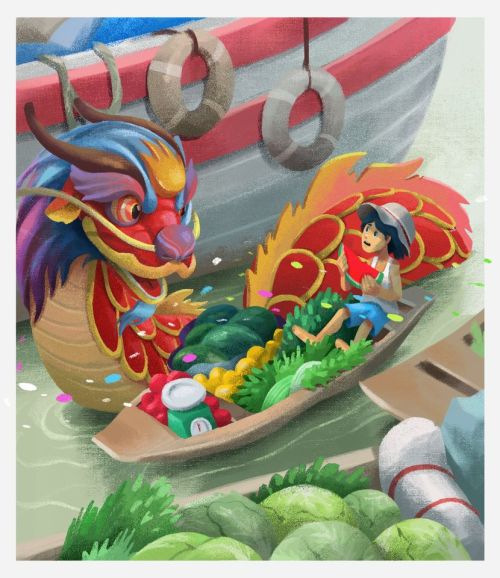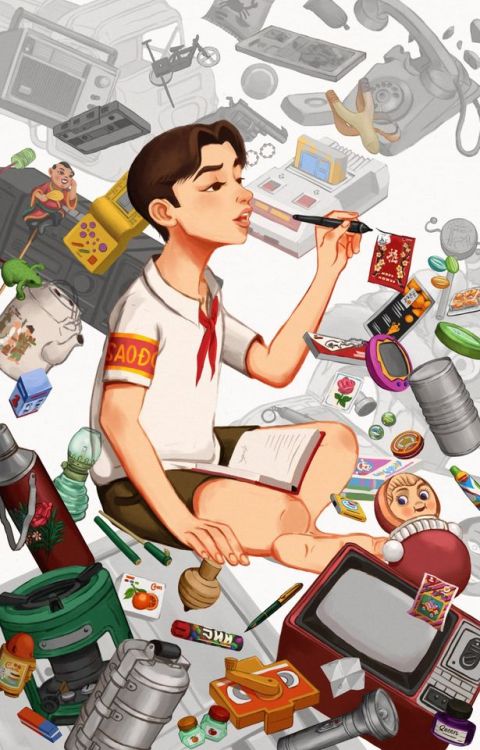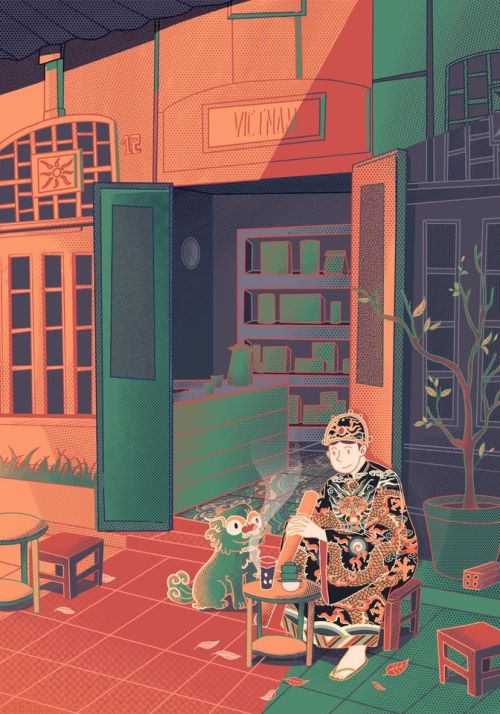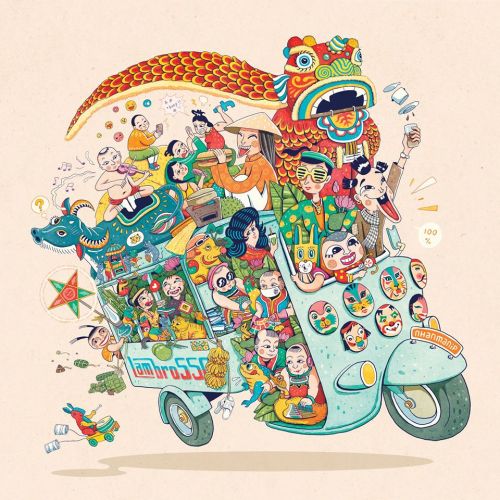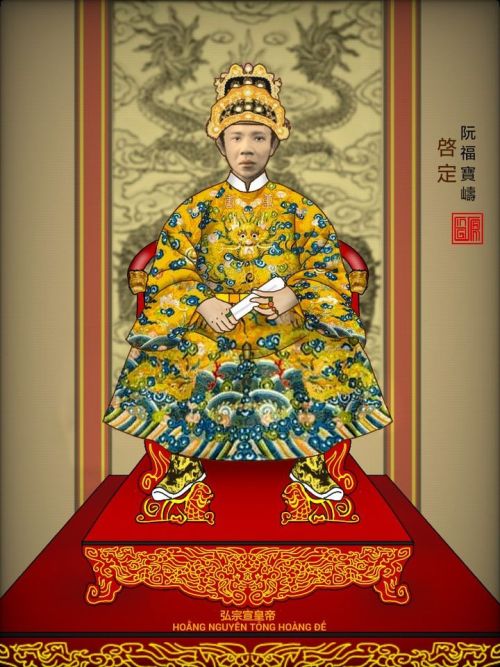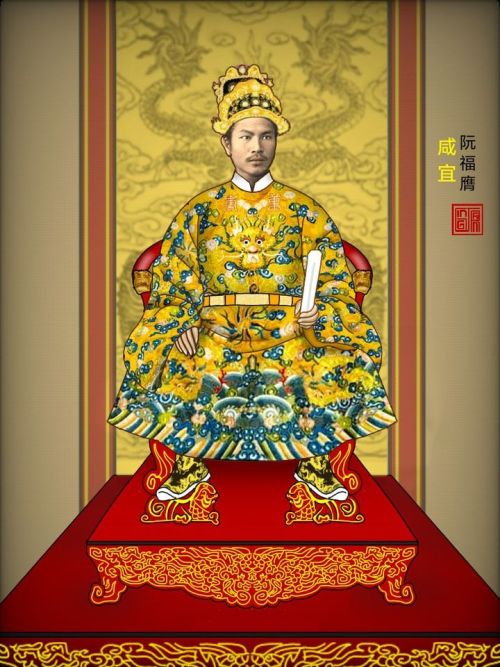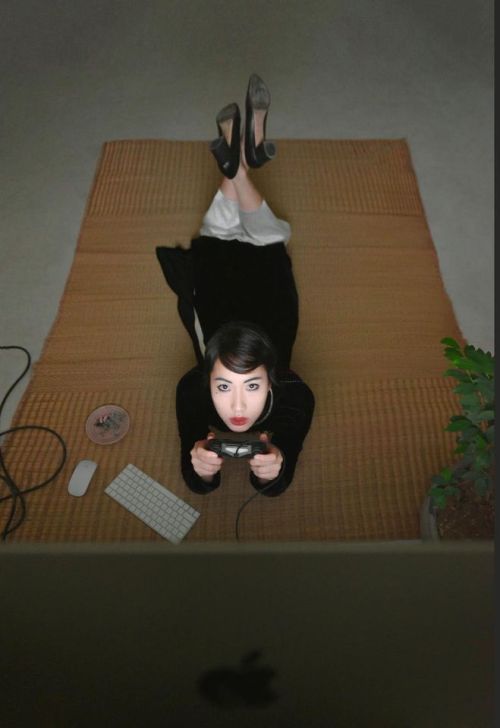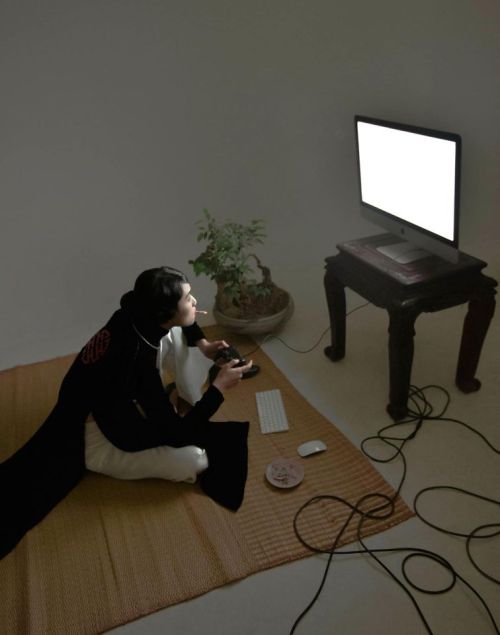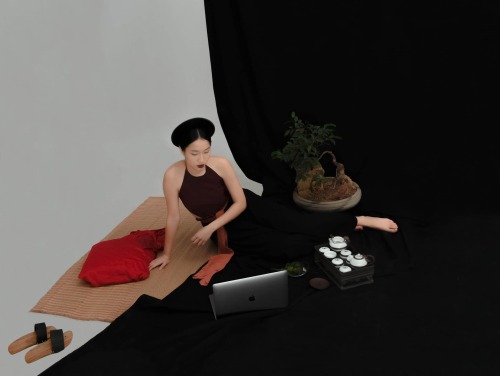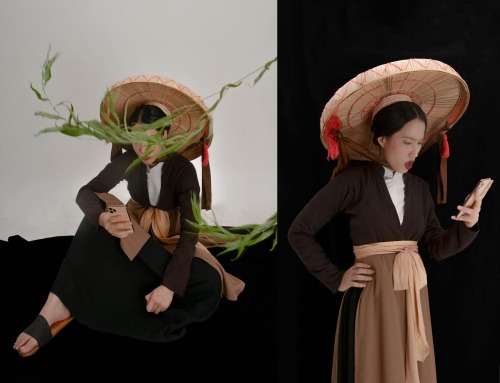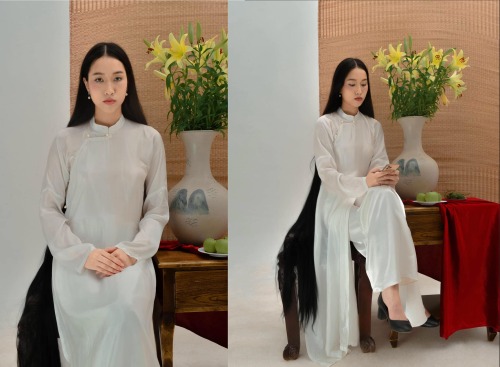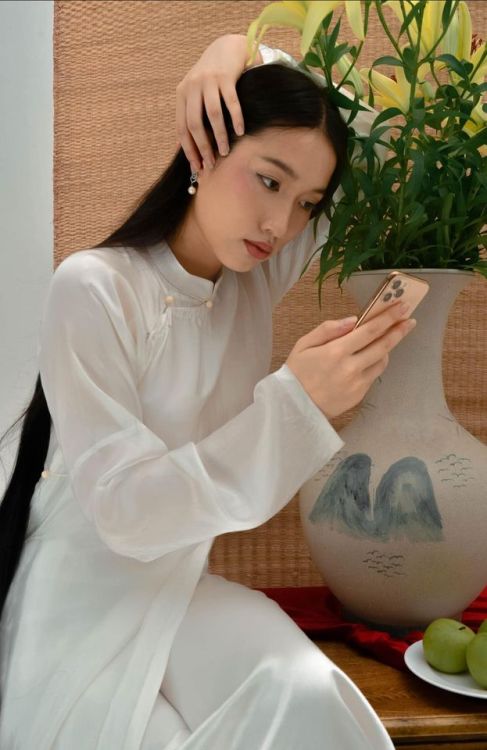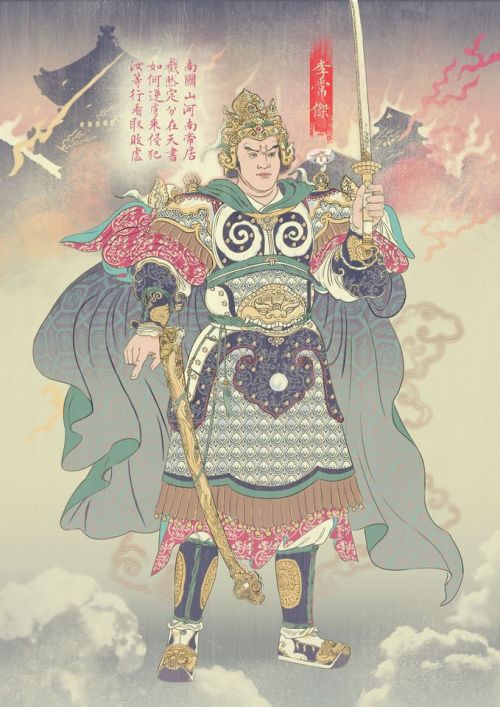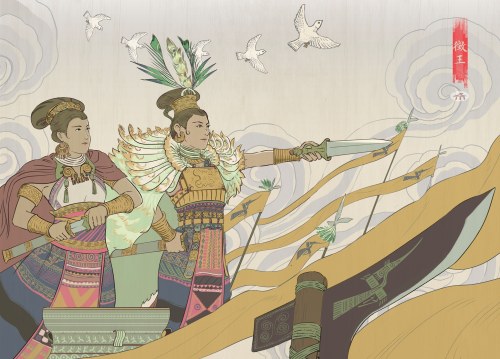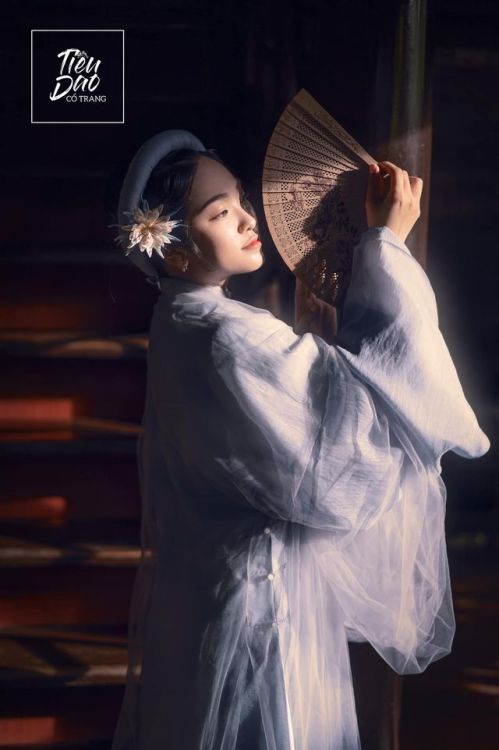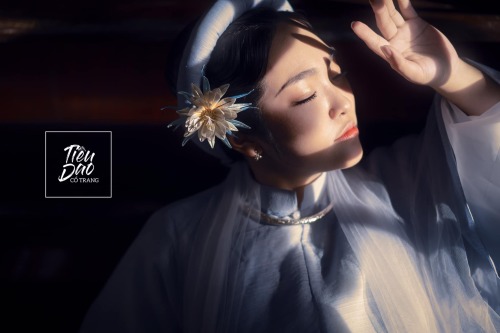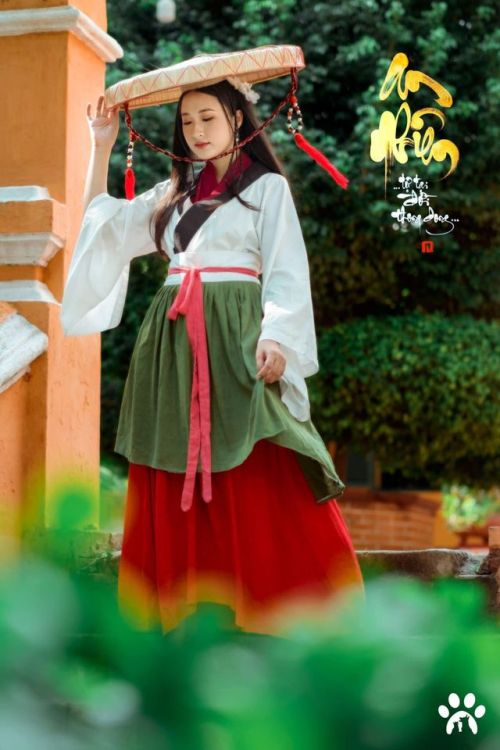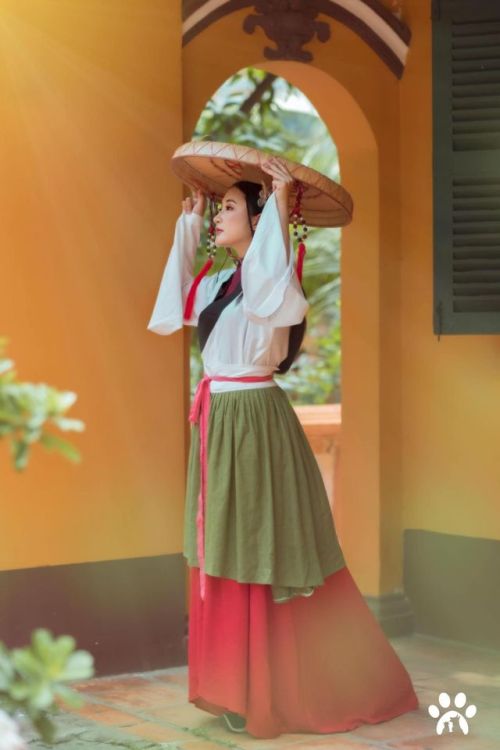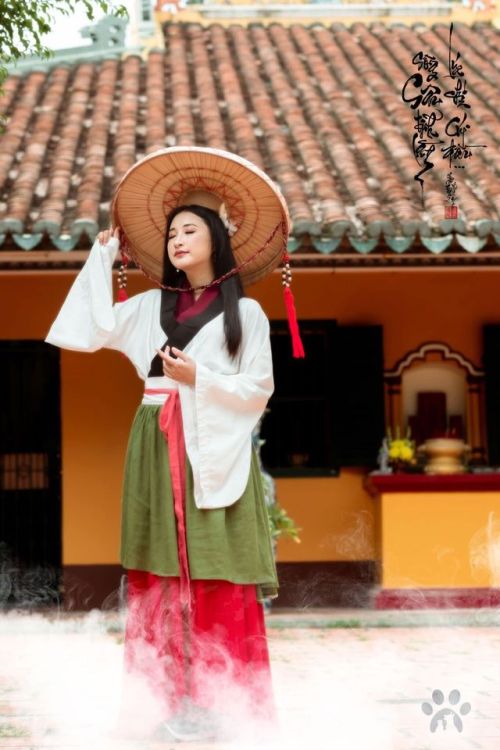#sinosphere










Nhật Bình. Credit to Great Vietnam.










Áo dài.










Indian cotton tree (hoa gạo) bloom in Huế, Vietnam. Credit to Nguyễn Phong.




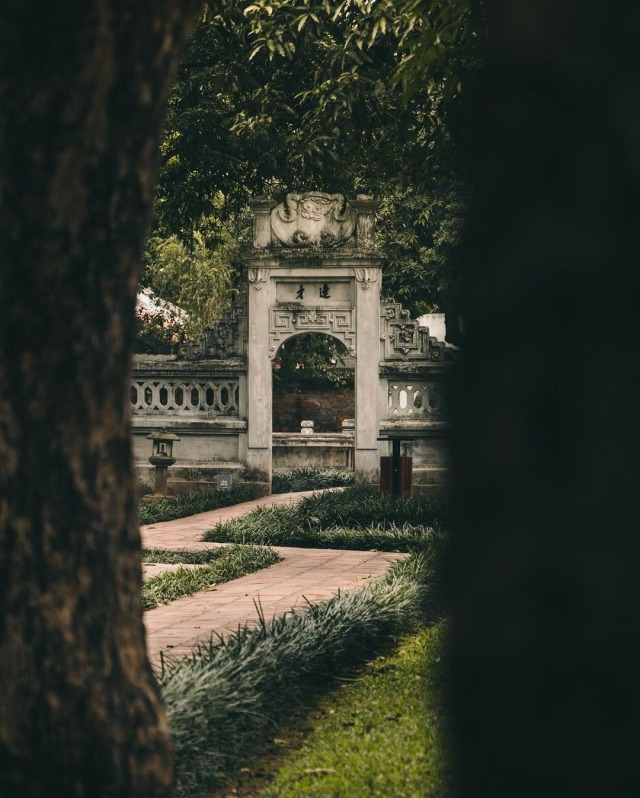





Vietnam. Credit Moritz Weiss.










Đền Đô, Từ Sơn, Bắc Ninh Province. Built in the hometown of Lý Công Uẩn, the first emperor of the Lý dynasty, the temple is dedicated to worshipping the emperors of Lý dynasty (1009 - 1225). Credit to datsnapper (Instagram).


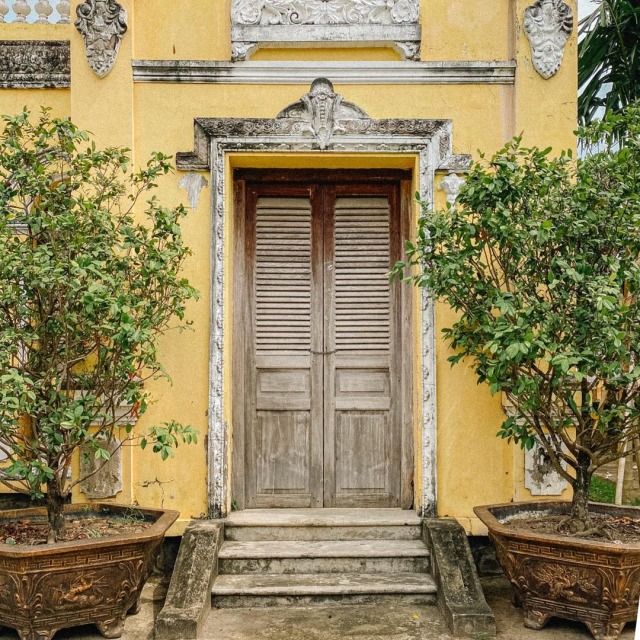






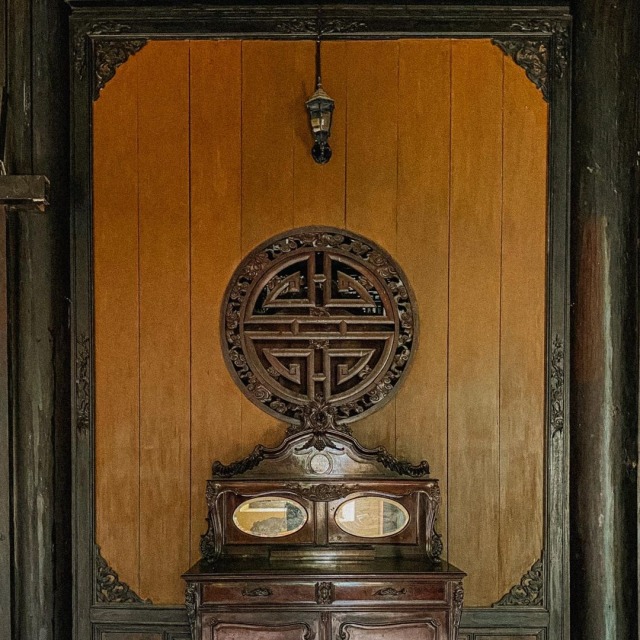
1860s house in Go Cong. Credit to nha.cua.bancong (Instagram).








Áo tấc. Credit to Gia Huy.
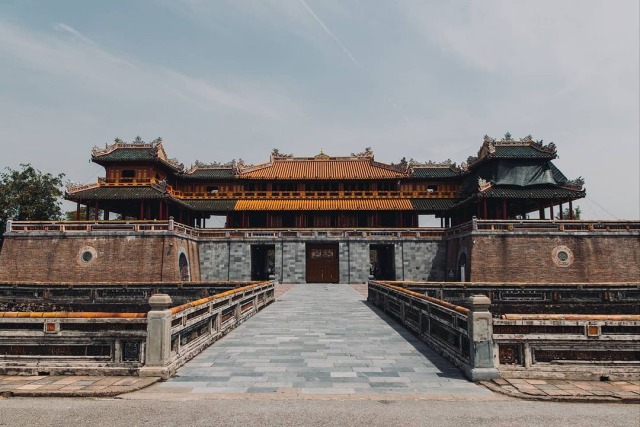






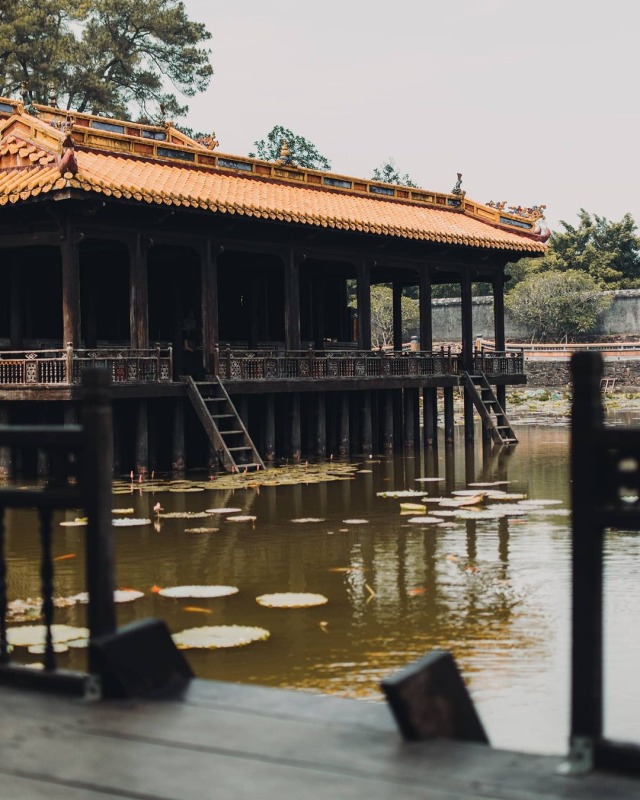


Huế. Credit to datsnapper (Instagram).


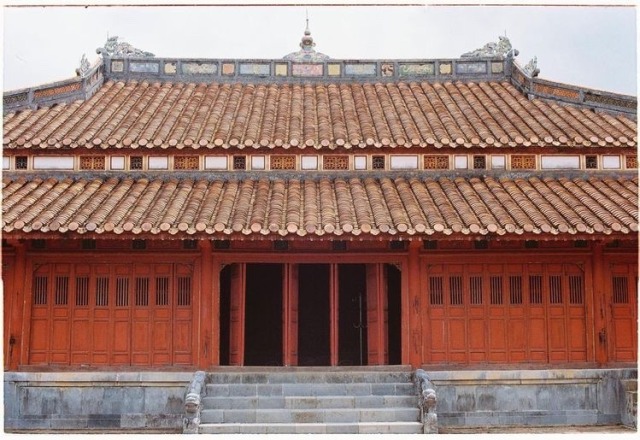







Huế. Credit to thehuethuong (Instagram).










Huế. Credit to An An.

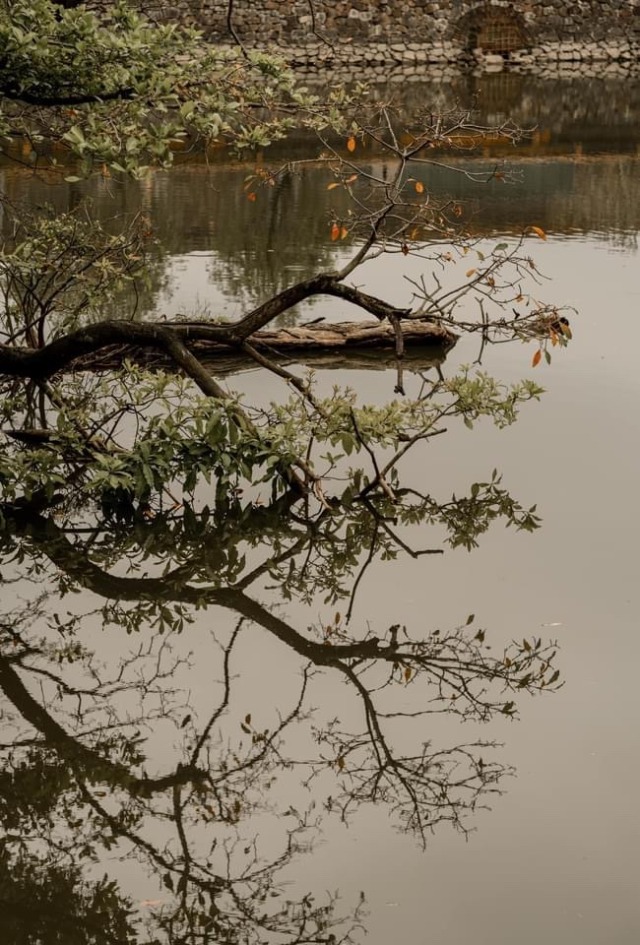






Huế. Credit to Dong Vy Ho.
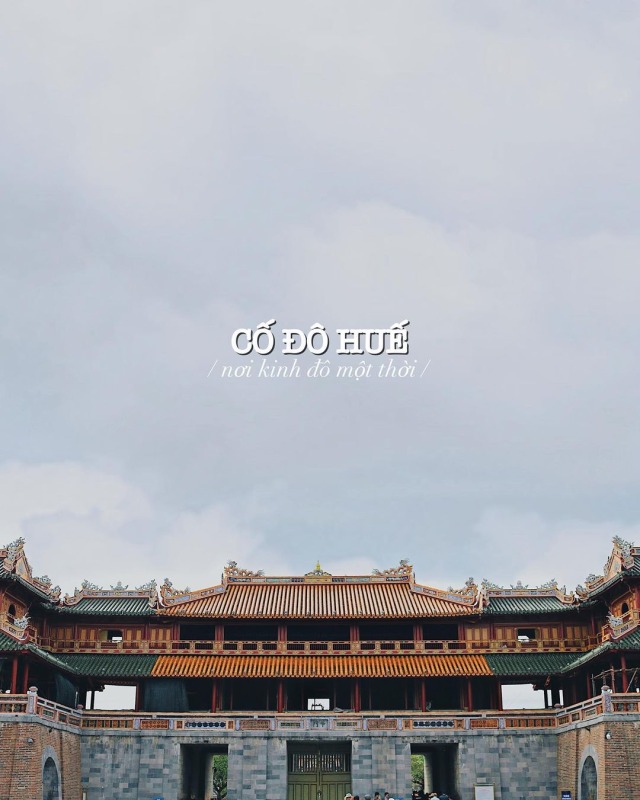









Huế. Credit to chupchoetsaigon (Instagram).
Nguyễn dynasty áo ngũ thân worn by the young generation of Vietnamese. None of them are wearing historical headdresses, but this shows how versatile Việt phục can be.
Source:Ngo Le Duy
Post link
Vietnam’s art challenge Vietnam Reimagined has just ended, and there are so many amazing pieces of work. The topic is meant to allow Vietnamese artists to showcase their ideas of what Vietnamese culture is, and they delivered. These beautiful works all showcase Vietnamese religious beliefs, myths, legends, histories, and the vibrant diversity of Vietnam.
Source:Tired City
Post link
The Tale of Cuội is a Vietnamese animated short showcasing the beauty of Vietnamese Mid-Autumn Festival. The short includes classic characters like the Jade Rabbit, Cuội, Hằng Nga (Vietnamese Chang’e), and the multitudes of Moon Festival elements such as the lanterns and the moon cakes.
Source:The Tale of Cuội
Nine Dragons Hidden in Clouds (九龍隱雲), also known as The Convergence of Dragons and Clouds (龍雲契會) are the two most prominent painted ceilings of Vietnam: one resides in the Tomb of Khải Định, the other is in Diệu Đế Temple. Both are cultural heritages of the Imperial City of Huế. The mausoleum’s ceiling was accomplished by the reputable court artist Phan Văn Tánh (潘文性)(constructed from 1920-1931), who exceptionally completed the artwork in an extraordinary horizontal position. Each dragon is depicted uniquely in different concentrations, leaping amidst the auspicious clouds, creating such an enchanting picture. The nine dragons altogether soar to the entire 3 ceilings of Khải Thành Hall and Thiên Định Palace, akin to an ink wash painting. Legends say the paint mixture is so miraculous that the ceilings are apparently cobweb-proof and have never faded despite its almost-100-year existence. This peculiar feature has been left unsolved for decades. On the contrary, the temple’s (constructed from 1953-1955) evokes a more elegant and lissom aspect of the same concept: 5 dragons gently piercing layers of clouds on the ceiling with another 4 crawling along 4 pillars of the main hall. This modified masterpiece was constructed under the supervisor of Diệu Hoằng Buddhist monk with the help of fundraising by Empress Dowager Đoan Huy, but the actual artist behind this piece remains unidentified.
The said two masterpieces have inspired a completely new sub-collection, included in Annam Heritage and exclusive to BARO, which exploits the richness of Vietnamese mythology, folktales about supernatural spirits, fiends and monsters. Eventually, the design Convergence of Dragons and Clouds has marked its debut right in the Ghost Festival of 2020.

Source:La Quốc Bảo
Post link
Quỳnh Hoa Nhất Dạ (瓊花一夜, literally One Night of the Night Lotus) is an upcoming Vietnamese historical movie about the famous Empress Dowager Dương Vân Nga, who married two emperors of two different dynasties, and was partly responsible for the transfer of power within the imperial court.
The fashion of the movie will not be historically accurate, but instead inspired by Việt phục and its elements.
Source:QUỲNH HOA NHẤT DẠ
A fantasy photoshoot of a white-haired woman wearing Nguyễn dynasty red áo tấc, reminiscent of the nine-tailed fox.
Source:Ổ Mèo Lười
Post link
Reconstruction of Lê dynasty Thăng Long Imperial Palace in the documentary Thăng Long–Thousand Years of Relics. This is the first time the palace has been reconstructed based on real relics and artifacts, and therefore is the most historically accurate reconstruction of the palace at this time.
This reconstruction only reconstructs a small part of the palace due to continued lack of artifacts and ongoing archaeology. However, this is still the first step to fully reconstructing the entire imperial palace.
Source:VTV1
A beautiful video showcasing the beauties of Vietnamese traditional architecture, the native Đạo Mẫu religion, and the stunning fashion that comes with the belief.
Source:Quỳnh Nguyễn
A beautiful rendition of the mixture between modern high fashion with historical high fashion of Nguyễn dynasty, mixing áo nhật bình, áo ngũ thân, and Western elements.
Source:Thảo My Nguyễn
Post link
A really creative re-imagining of Việt phục of Nguyễn dynasty in a modern setting. Here we have yếm, áo tứ thân, áo ngũ thân, and áo dài.
Source:Đỗ Tuấn Vũ
Post link
Drawing of Lí Thường Kiệt based on historical records and artifacts of Lí Trần dynasties armory.
Lí Thường Kiệt (李常傑; 1019–1105) was a Vietnamese general and admiral during the Lí Dynasty in Vietnam. He served as an official through the three dynasties of Lí Thái Tông, Lí Thánh Tông, and Lí Nhân Tông, and achieved many great achievements, making him one of the two greatest generals in Lí Dynasty, next to Lê Phụng Hiểu. He was a leading general for Vietnam during the Lí–Song wars.
In Vietnamese history, he stood out for his conquest of Champa (1069), raiding the three provinces Qin, Yong, and Lian of Song (1075–1076), and then defeated the Vietnamese invasion of the Song army led by Gou Kui and Zhao Xie.
In 2013, the Vietnamese Ministry of Culture, Sports and Tourism lists him as one of the 14 most typical Vietnamese national heroes in Vietnamese history.
Source:Ấm Chè
Post link
Reconstruction of Nguyễn dynasty áo tấc and accessories slightly based on postal stamps during French colonial period.
Source:Hoa Niên - Năm Tháng Tươi Đẹp
Post link
Redrawing of the legendary Trưng Sisters, who are still considered as great heroes who tried to liberate Vietnam from China. Previous generations have drawn them in very historically inaccurate fashion, donning them in Nguyễn-styled wear, but lately, more and more artists are beginning to draw them in Đông Sơn fashion, or even Đông Sơn fashion with Chinese influences (since they existed several hundred years after Chinese domination). Đông Sơn culture is considered as the pre-Sinicized culture of Vietnamese people, and researchers believe they were quite tribal.
Source:Ấm Chè
Post link
A beautiful photoshoot of modernized fantasy áo tấc in a traditional architecture.
Source:Cổ Trang Đại Việt Quán
Post link
VU LAN FESTIVAL: Vietnamese Day of Filial Piety and Mercy
The Vu Lan Festival, also known as Vu Lan Bồn (盂蘭盆), is a Vietnamese traditional Mahayana Buddhist festival held on the Middle Primary occasion (i.e. the full moon day of the Seventh month in the Vietnamese lunar calendar). This is the time for people to show filial piety towards deceased and living parents, as well as show mercy towards the beings suffering the exile of hunger.
This festival originates from the Vu Lan Bồn sutra. The story is about Bhikkhu Mục Kiền Liên and his quest to liberate his mother from her reincarnation as a hungry ghost (ngạ quỷ 餓鬼). That reincarnation is due to the accumulation of many evil karma she has created.
VU LAN FESTIVAL IN HISTORY
• Filial Piety towards the ancestors
The spirit of the Vu Lan festival in Vietnam is to pray for deceased parents as a way to offer filial piety.
For example, let’s read this paragraph in the “Complete Annals of Đại Việt” about the Vu Lan festival in 1118 under the reign of Emperor Lí Nhân Tông: “Autumn, the Seventh month, a feast of the Middle Primary festival is hosted because it coincided with the Vu Lan Bồn ceremony to pray for the salvation of the soul for Linh Nhân Imperial Empress Dowager.”
About the Vu Lan Festival in 1128, under the reign of his son, Emperor Lí Thần Tông, the text is as following: “Autumn, the Seventh month, the Middle Primary occasion, the Emperor stayed in Thiên An Hall, for the the mandarin to commend. Since that day was also the Vu Lan occasion to pray for the salvation of Nhân Tông’s soul, there was no feast.”
• Kindness and Mercy towards all beings
It is not clear whether it had already existed in the Lí Trần dynasties, however, by the beginning of the Early Later Lê period, the belief that one should offer kindness and mercy for all beings instead of only filial piety towards one’s ancestors had already become popular.
Specifically, during the reign of Emperor Lê Thái Tổ, “On the 15th, as the Vu Lan festival was celebrated, 50 criminals of misdemeanor were forgiven, the monks who chant sutras were granted 220 taels.”
In the Restored Later Lê period, the common folk practice for every household, besides offering to the ancestors, included arranging a leaf tray on a street to bless the wandering souls and organizing games to celebrate the Full Moon of the Seventh month. Leaf tray, also called mâm lá or cách bàn, is a set of foods, flowers, fruits, teas and sweets put on a lotus leaf and also covered by another lotus leaf.
“On the Full Moon of the Seventh month, people arrange leaf tray and votive clothing paper crafts to offer to the ancestors or organize Vu Lan activities to bless the wandering souls. Every village hosted swimming competitions.” (The votive clothing paper crafts, also called áo mã or ảnh y, are colored humanoid paper shapes)
THE VU LAN FESTIVAL OF MODERN VIETNAM
The custom of arranging the leaf tray in front of one’s house has been maintained until today. The Vu Lan Festival also embraces a new layer of purposes. It’s no longer a festival for the deceased only, but also an occasion for us to show love and respect for the living parents and grandparents. In a way, the festival has become the Vietnamese version of Parents’ Day.
For a long time, there has been a custom that anyone paying homage at a pagoda on this day would be given a flower to wear on their shirt at their heart. They would wear a red flower if their parent(s) are still living and a white flower if both already passed away.
This custom originated from a short essay written by the well-known monk Thích Nhất Hạnh, titled A Rose for Your Pocket. Thanks to the inspiration from the essay, songwriter Phạm Thế Mỹ composed a piece with the same title. The song starts with the following lyric:
A red flower for you
A red flower for me
And a red flower for anyone, anyone whose Mother is still here.
Source: Vietnam Centre
Post link
Reconstruction of Attendant attire (侍服) during Restored Later Lê period. Attendant attire was worn when having attendant with the Trịnh and Nguyễn lords, when the Lê emperors were merely puppet rulers.
Source:Đại Việt Phong Hoa - 大越豐華
Post link
Reconstruction of Restored Later Lê cross-collared dress depicted in Japanese paintings. Although there are still errors, it’s a huge improvement.
Source:Trần Ngọc Sông Quê
Post link



